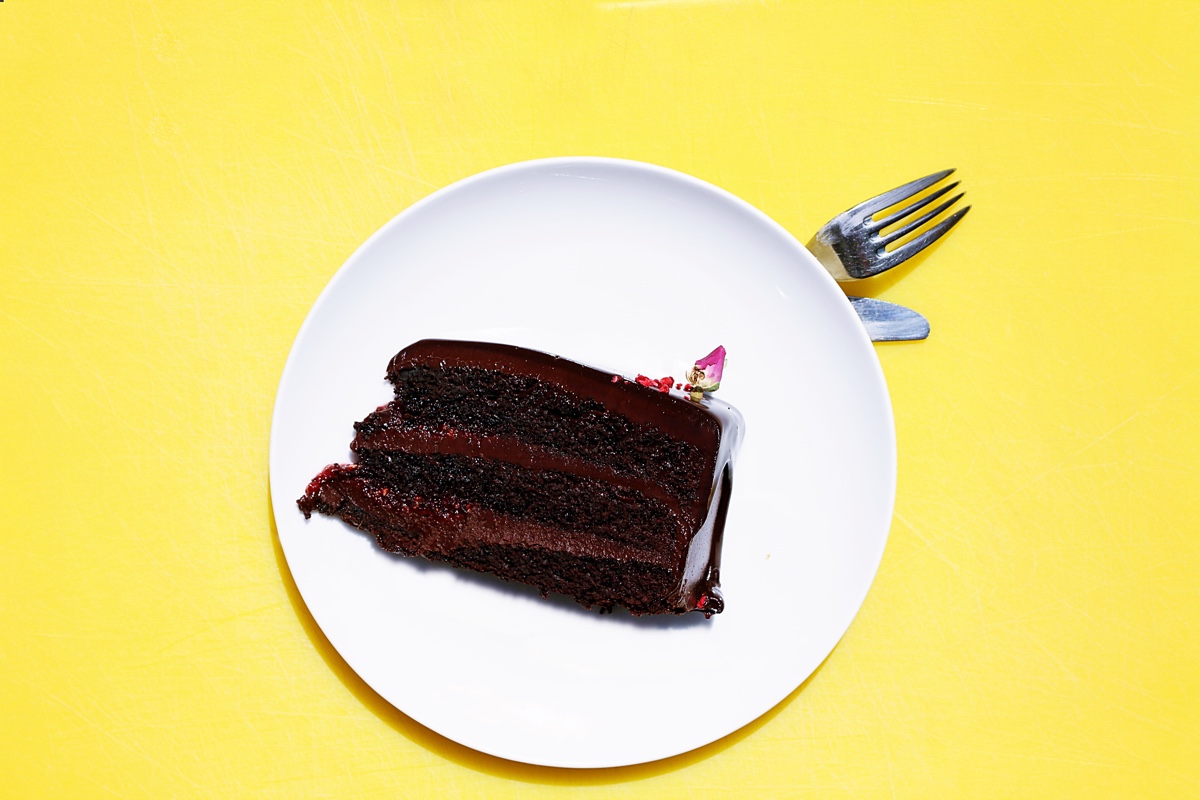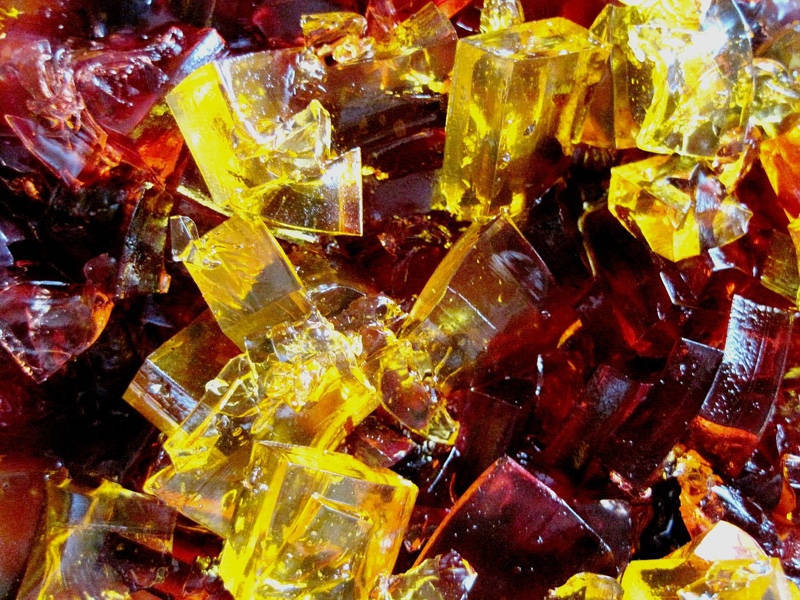5 Foods To Avoid When You Have ADD
Nick Eubanks | Diet|Published: January 12, 2017
Table of Contents

What if I told you there are common foods that actually magnify your ADD and ADHD?
When I say common I mean really common, as in foods you probably eat every month (if not every week).
I didn’t believe it myself at first, and then I started researching.. and what I found shocked me.
It has been not only fascinating to learn how some of the ingredients in these foods, and even raw natural foods themselves, compound the effects of my ADHD – but the effects on cutting them out, have been eye-opening.
Without further ado, if you have ADD – here are 5 foods you should avoid:
1. Chocolate

Please don’t hate me, truth be told I LOVE chocolate.
The fact of the matter is that your brain, especially an ADD / ADHD brain, doesn’t like chocolate (even though you and I might).
Cocoa is a stimulant and increases the difficulty for us to focus.
Other foods with a lot of sugar you should try to avoid include soda and sugary cereals.
2. Foods with Artificial Flavoring or Coloring

Artificial foods can be hormonal disruptors, affect your neurotransmitters, and affect the body just like any other toxins do.
Examples of some of the most common “fake” foods are:
Not Cream
Ingredients: Water, sugar, hydrogenated coconut oil, less than 2% of: sodium caseinate, dipotassium phosphate, mono- and diglycerides, salt, natural and artificial flavor.
Not Potato Chips
Ingredients: Dried potatoes, vegetable oil (contains one or more of the following: corn oil, cottonseed oil, soybean oil, and/or sunflower oil), rice flour, wheat starch, maltodextrin, mono- and diglycerides, salt, dextrose.
Not Cheese
Ingredients: Minimal cheddar cheese (milk, cheese culture, salt, enzymes), whey protein, milk protein concentrate, milkfat, protein concentrate, sodium citrate, contains less than 2% calcium phosphate, salt, lactic acid, annatto and paprika extract (color), natamycin (a natural mold inhibitor), enzymes, cheese culture, vitamin D3.
Not Crab
Ingredients: Alaska Pollock, water, egg whites, cornstarch, sugar, sorbitol, contains 2% or less of king crab meat, natural and artificial flavor (extracts of blue crab, snow crab, lobster, and Alaska Pollock), refined fish oil (anchovy, sardine), rice wine (water, rice, koji), modified tapioca starch, sea salt, carrageenan, yam flour, potassium chloride, disodium inosinate, sodium pyrophosphate, soy lechithin, carmine, paprika, color added.
3. Gelatins

Gelatin is a protein, well actually it’s an extract from the protein collagen found in the connective tissue of animals – and not really meant to be consumed as a “food,” with common side effects from consumption including:
- Constipation
- Bloating
- Lack of Appetite
If you’re going to eat gelatin, try to only eat gelatin with carbohydrates and fat for the best digestion.
It is also important to be aware of the 2 most common types of gelatin:
- Regular Gelatin – usually found in the red can, this is form is hot water soluble and is used to make things gel, making it harder to digest. This is commonly found in dessert foods and sweets like gummies.
- Collagen Hydrolysate – usually found in the green can, this form is cold water soluble and does not gel, making it easier to digest. This is commonly found in things like protein powder.
Beyond the side effects on the digestive systems of Non-ADD folk, from eating regular gelatin, for those of us with ADD, this animal by-product can actually magnify our ADD symptoms.
4. Salicylates

This salt or acid has been observed to trigger and heighten the effects of ADD.
Often found in pain medications like aspirin, it also appears in many common foods such as red apples, cranberries, grapes and almonds.
Most fruit, some vegetables, herbs, spices, tea and flavor additives also contain moderate to high levels of salicylates – for example, citrus fruit, berries, tomato sauce and mint flavoring are naturally high in salicylates.
5. Allergens

Like salicylates, allergens are found in common (and often “healthy”) foods, but affect brain function and can trigger hyperactivity.
- wheat
- milk
- peanuts
- tree nuts
- eggs
- soy
- fish
- shellfish
It is actually becoming more and more common for Doctors to recommend those of us with ADD / ADHD to introduce a gluten-free diet and try to cut out as much wheat and dairy as possible.
What I Find Shocking
Even more so than learning that there are certain foods that can trigger and magnify my ADHD, was learning how undiagnosed food allergies, and in some cases diseases, can display effects that often resemble depression.
Amazingly enough, there are 2 forms of depression for us ADDers, primary and secondary – and the distinction is incredibly important if you are going to overcome it. If you’re interested, I wrote an article taking a deeper dive into looking at ADD and depression – go check it out and let me know what you think in the comments.

Get More Focused Today
Enter your email below for instant access to 5 strategies for unleashing your ADD and ADHD.
So basically eat nothing and I’ll be fine right?
a nice follow-up article listing what *can* be eaten would be appreciated…
Thanks Slo – that’s a great idea, but I can give you a bit of list off-hand based on a TON of research I’ve done. The ideal diet for us with ADD and ADHD is one comprised of whole foods, that’s avoidant of gluten, dairy, and specific chemicals/enzymes found in processed foods and commercial meats.
Thanks Nick, a few months in now and I must admit I haven’t even been that “strict” on myself; basically eating a lot of whole foods, kicking diary and chocolate, and avoiding processed foods I feel a lot better. Meaning: less mood swings and more focus. As summer is coming (and I find it easier to do things “right” in the summer) I’ll be a bit stricter and watch my food intake even better. In the mean time I had a great milestone this morning with my physician: we had a lot af talk about using chemicals for balace since I was diagnosed with ADD a couple of months ago and now (with these intermediate results) we’ve actually AGREED not to use them (for now) and focus on behavioural changes. I’m so happy with that, thank you!!!
It turns out some very healthy foods like apples, pears and dried fruits are high in the naturally occurring sugar fructose, which when ingested, can trigger some of the same side effects as undigested lactose.
Thanks Tama – Yes, exactly. I’ve been consistently surprised the more I research into common “healthy” foods actually being magnifiers for combative brain chemicals / inducing attention issues.
Does this include dark chocolate? Because I’ve read a lot about the health benefits of dark chocolate.